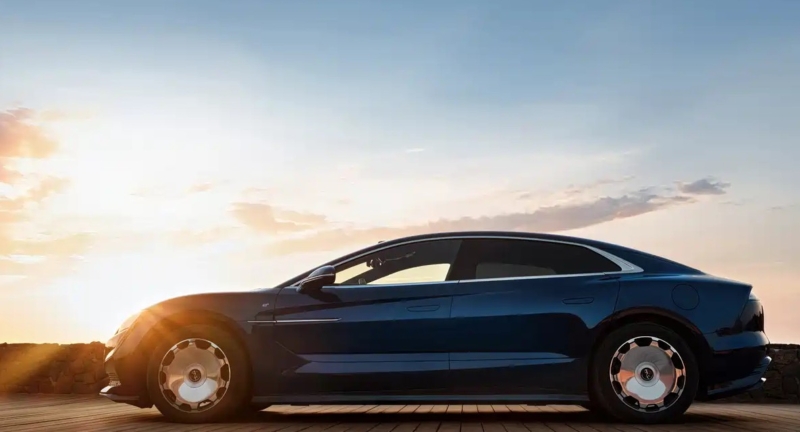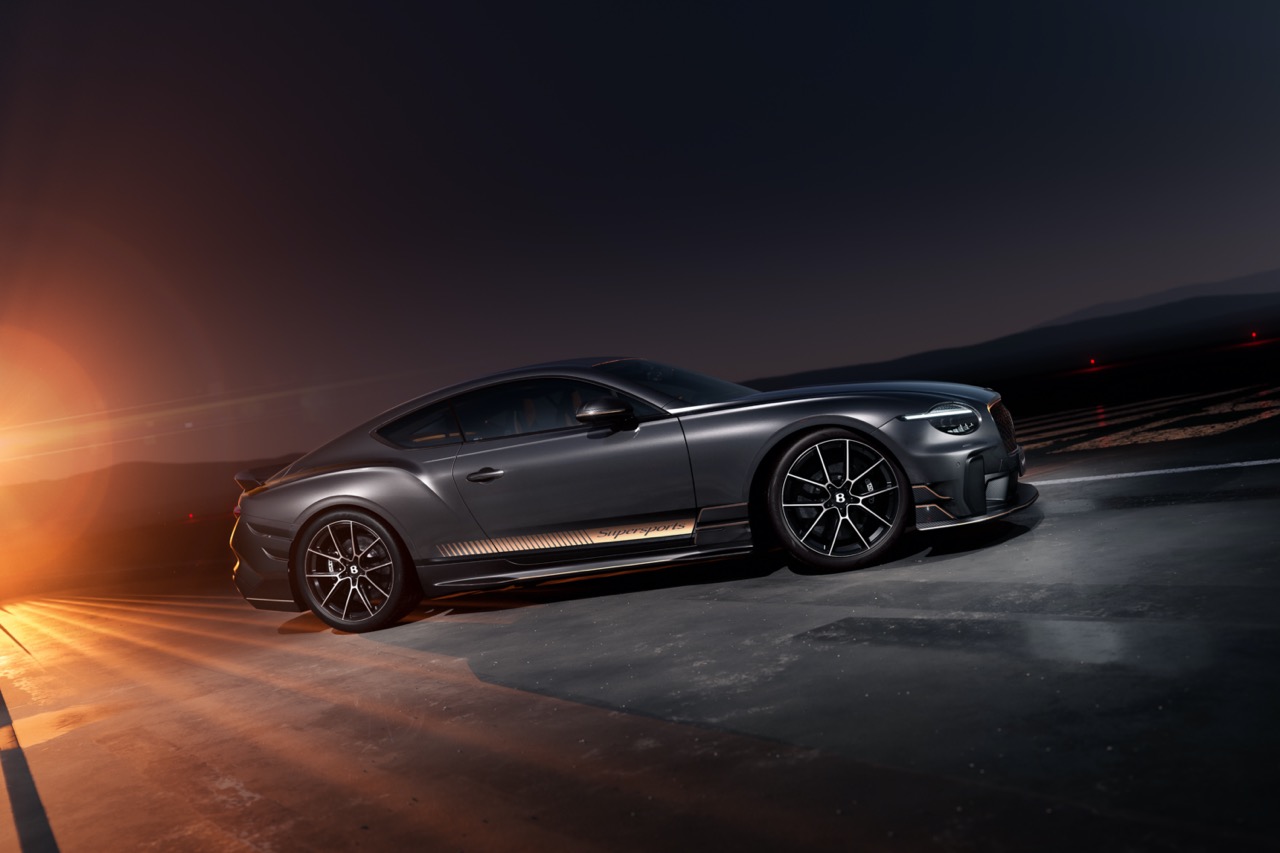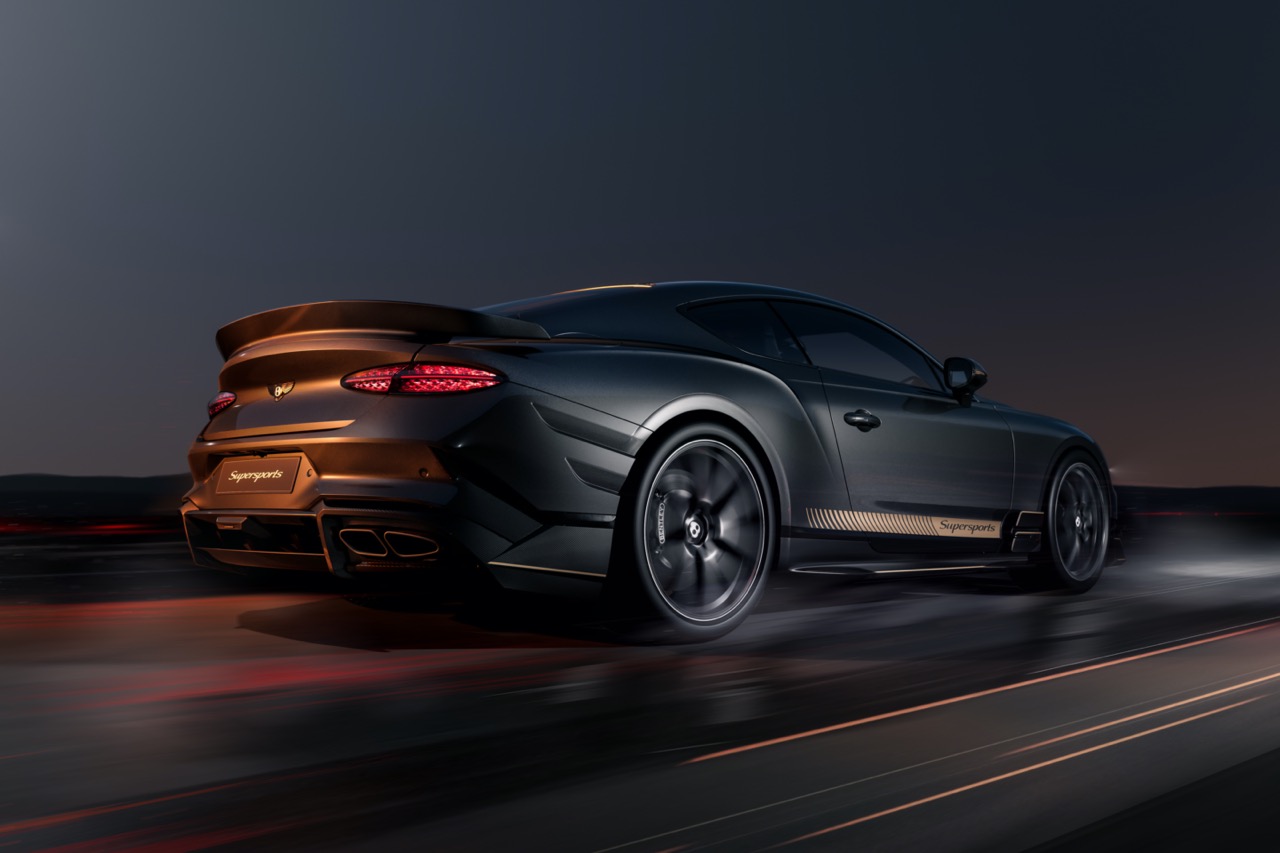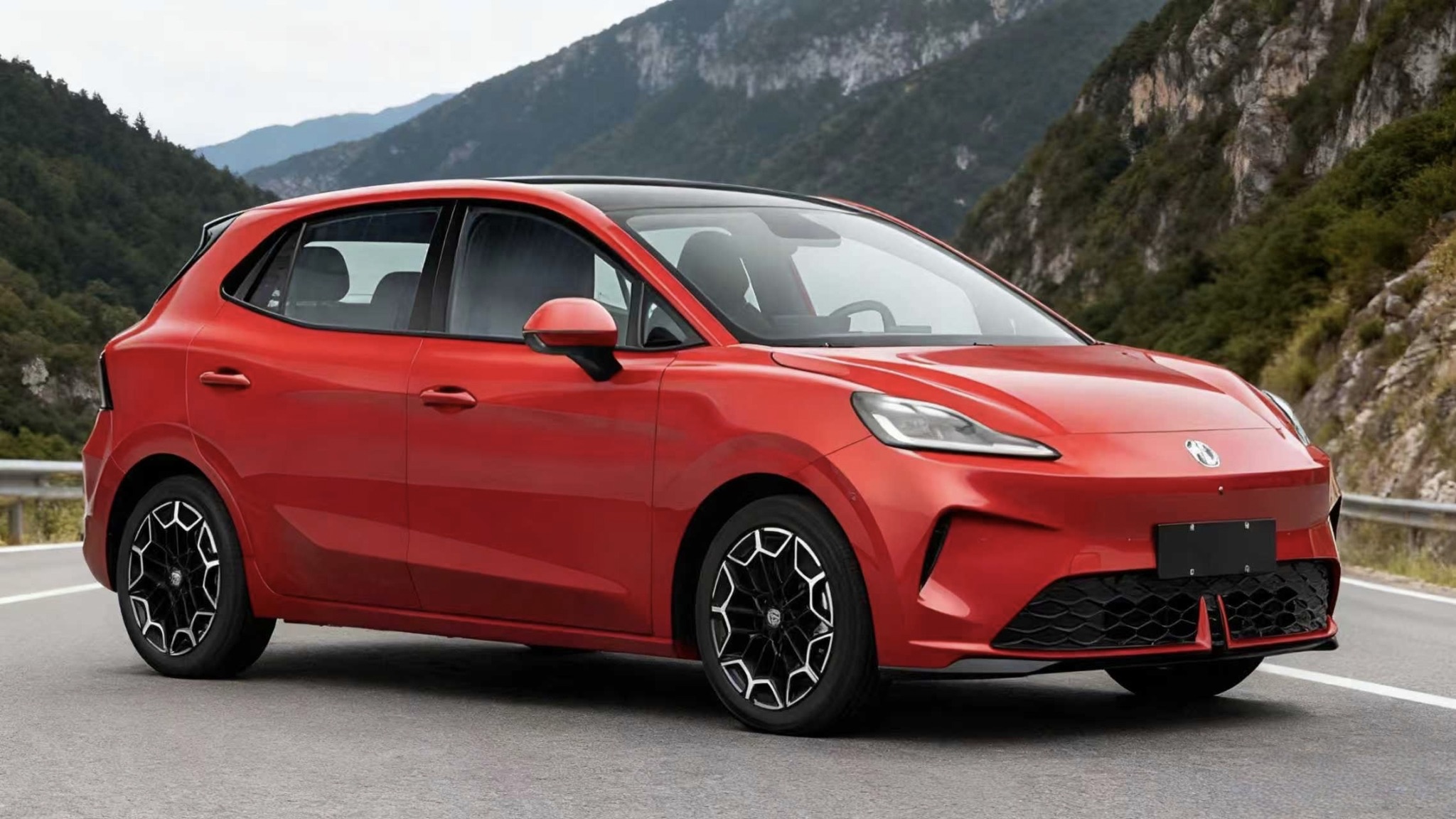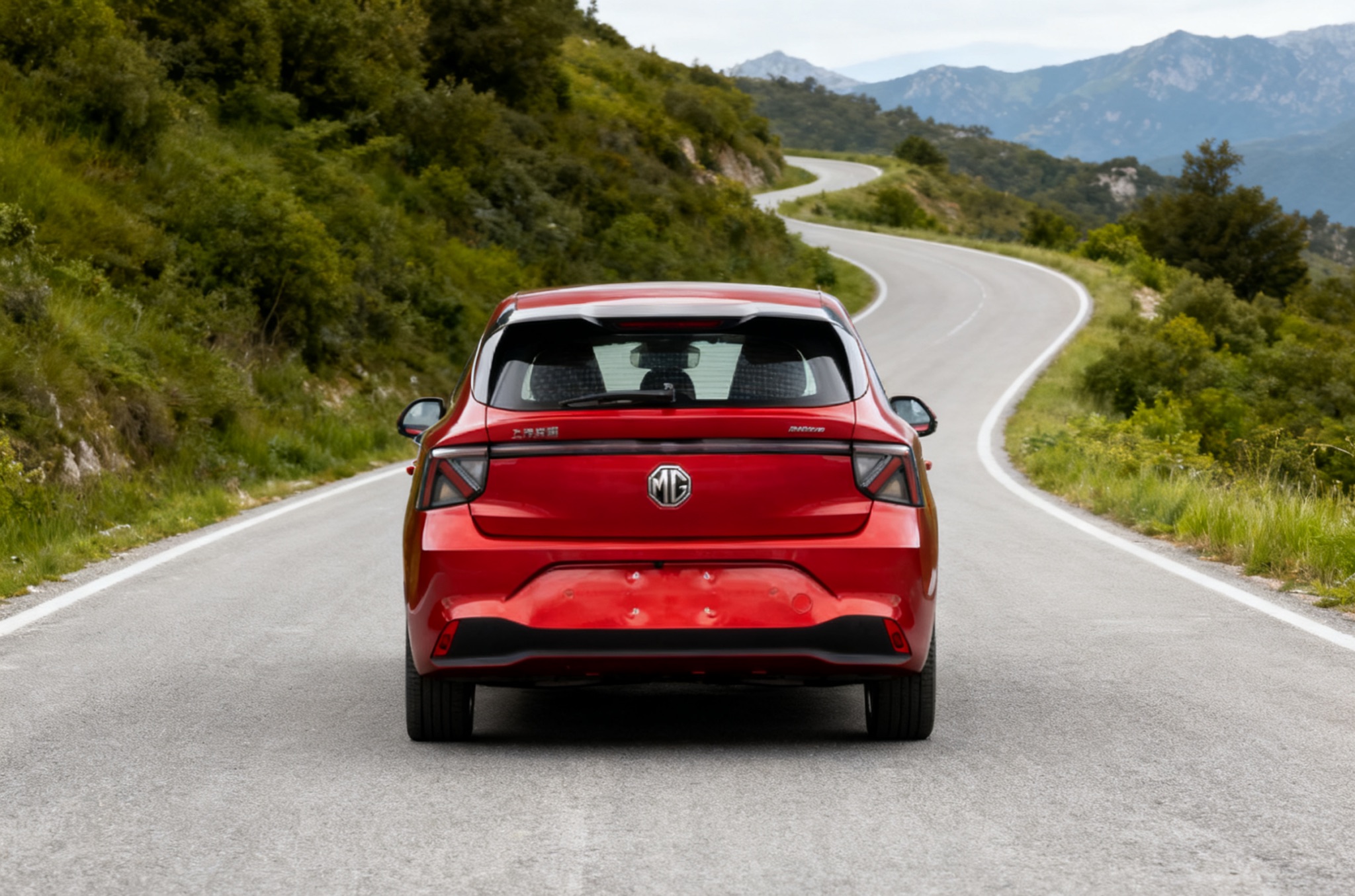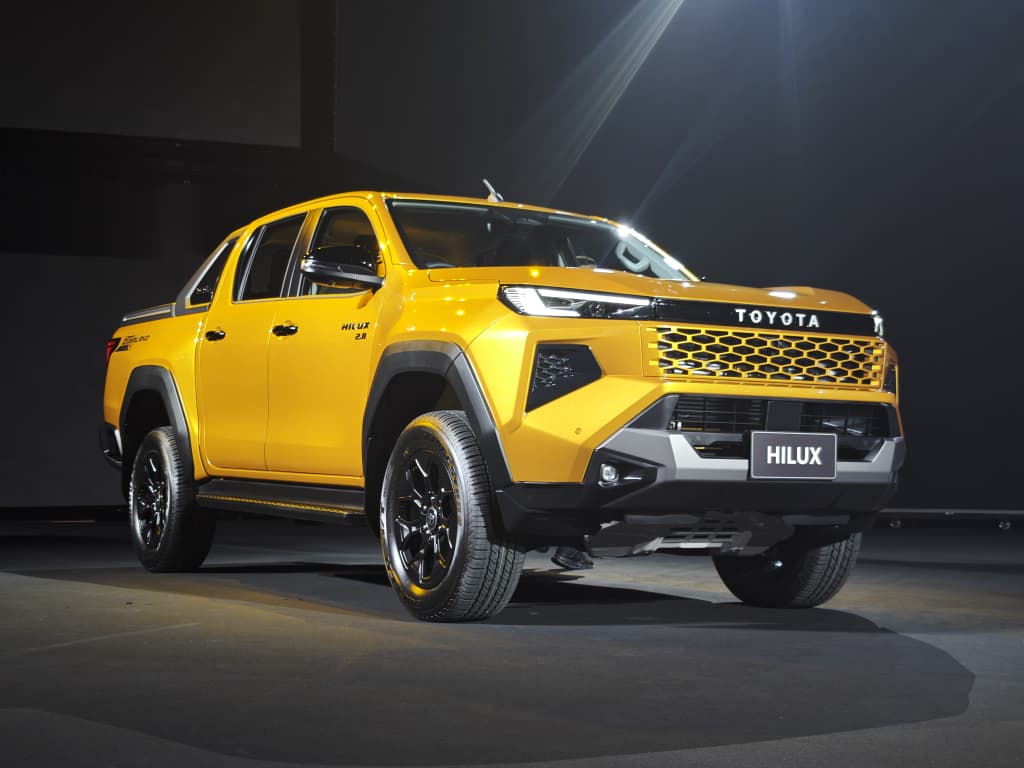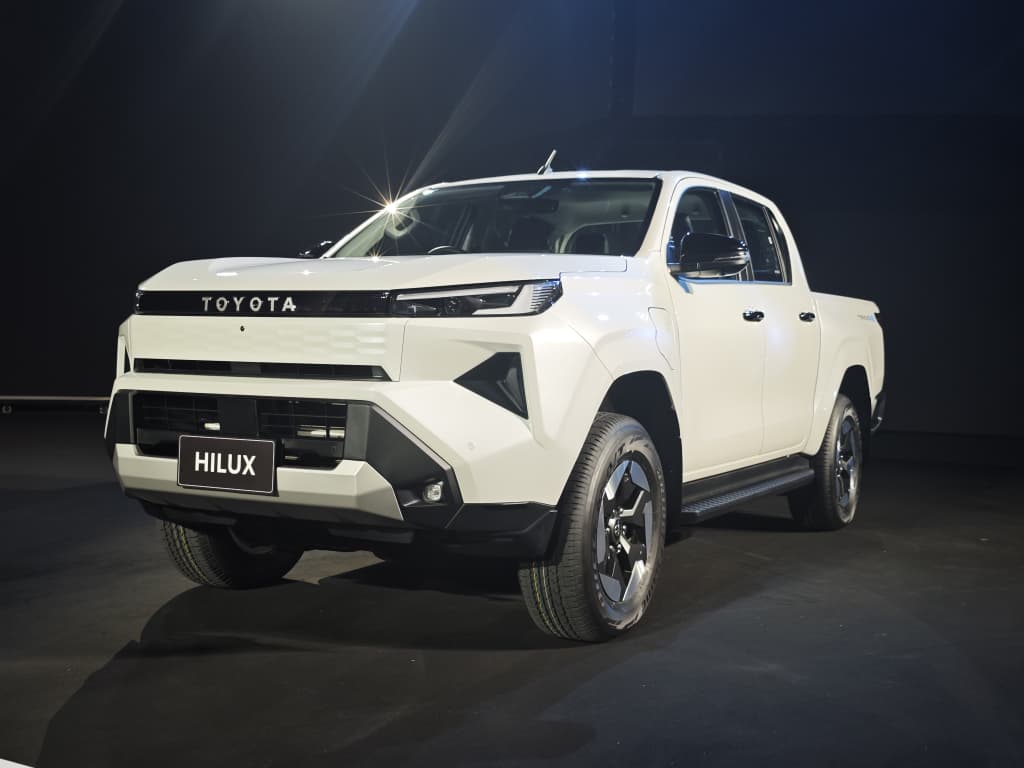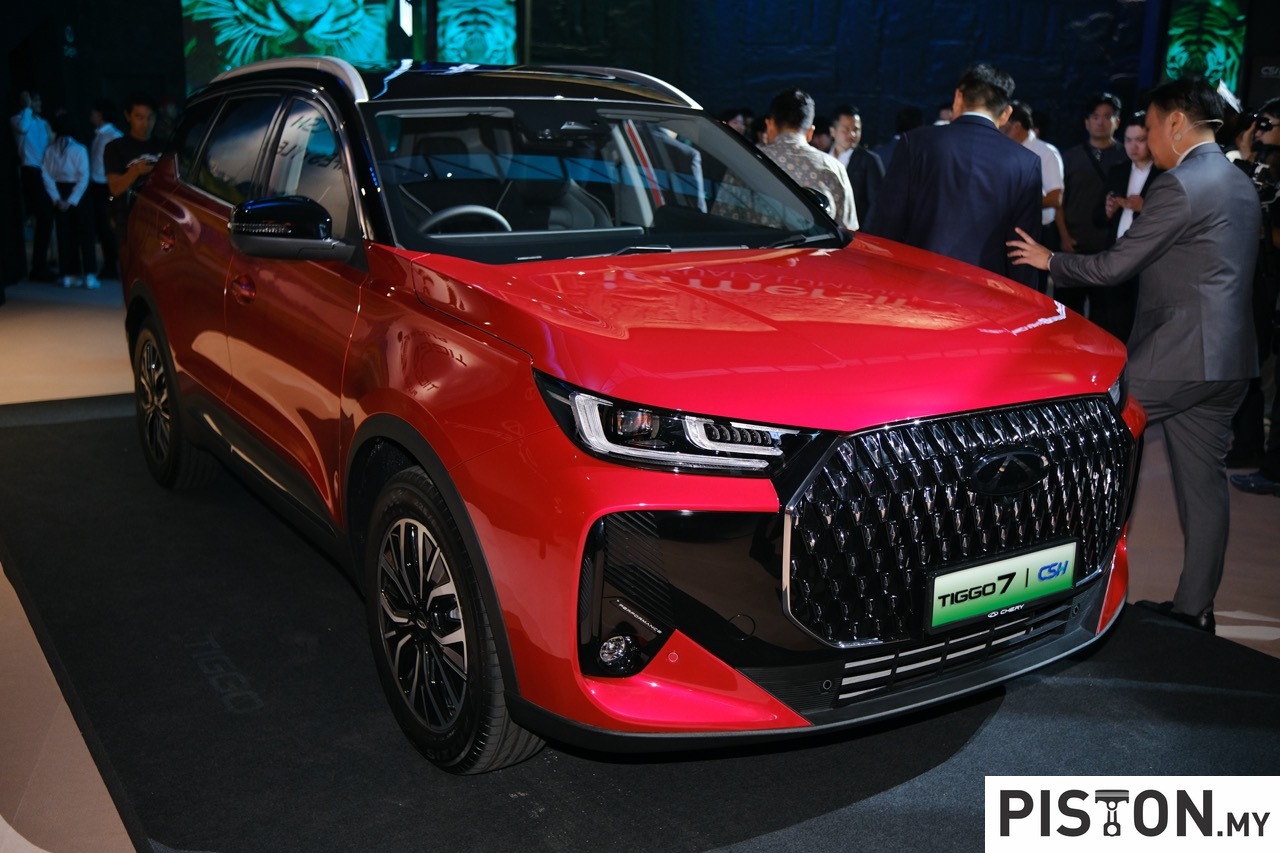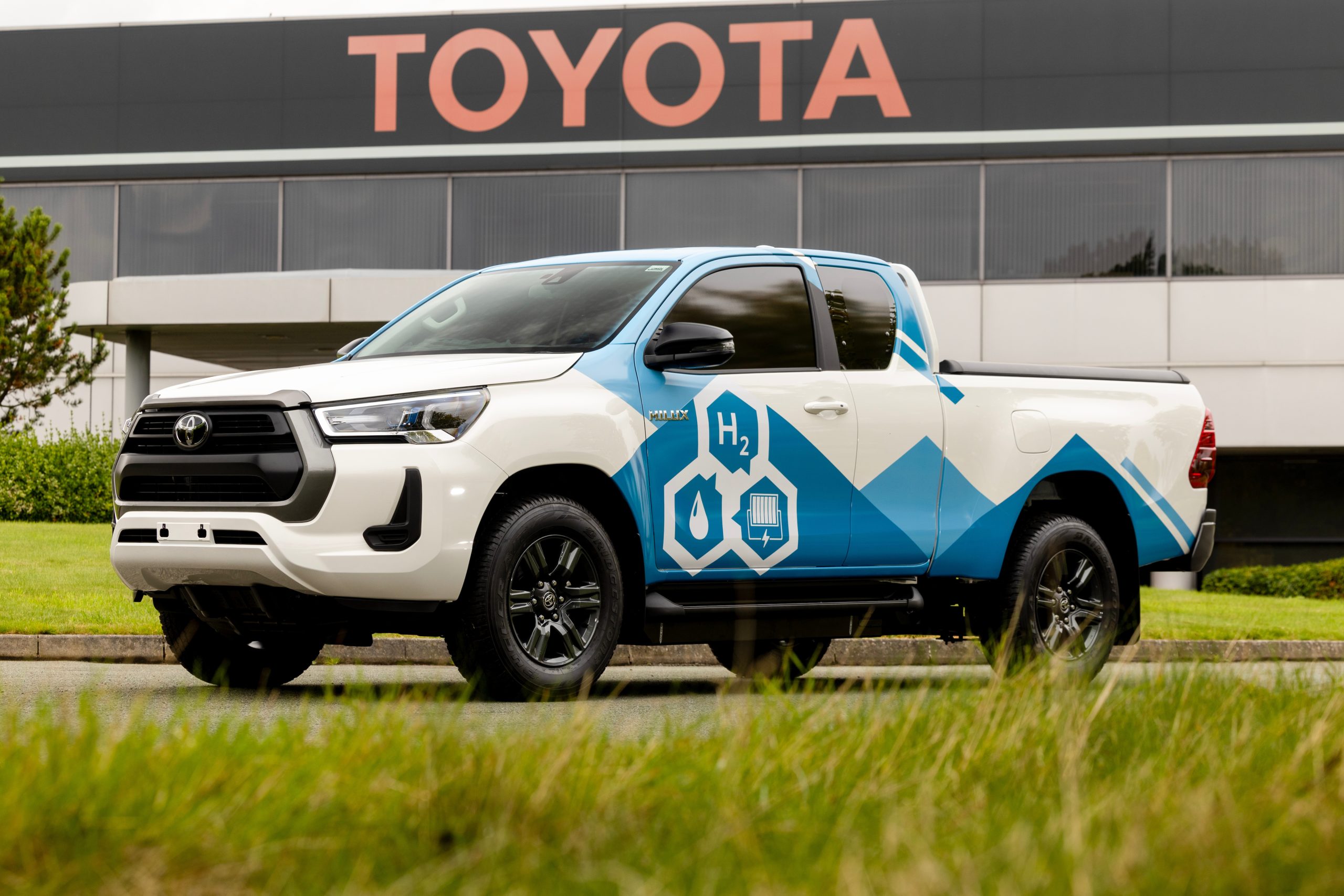Geely Galaxy has confirmed the arrival of the 2026 Starship 7 EM-i, also known globally as the Geely Starry EM-i, positioning it directly against BYD’s Song Pro DM-i in the competitive international hybrid SUV segment. The model comes in four variants, priced between 95,800 and 123,800 yuan (around RM62,700 to RM81,000).
One of the biggest improvements for 2026 is its upgraded pure electric capability. The flagship variant now delivers up to 200km of CLTC electric-only driving, while even the base model sees a significant jump from 55km previously to 130km. Buyers can also opt for a 135km version, and the combined hybrid range reaches an impressive 1,575km on a full charge and tank, giving it strong long-distance credibility.
The Starship 7 EM-i continues to sit on Geely’s GEA dedicated new-energy architecture, keeping its compact SUV footprint and familiar styling. A new exterior paint called Star Sea Blue has been added, while the rest of the design follows the clean, modern look of the outgoing model.



